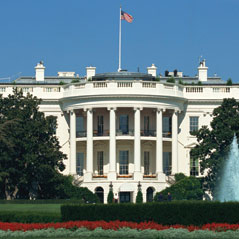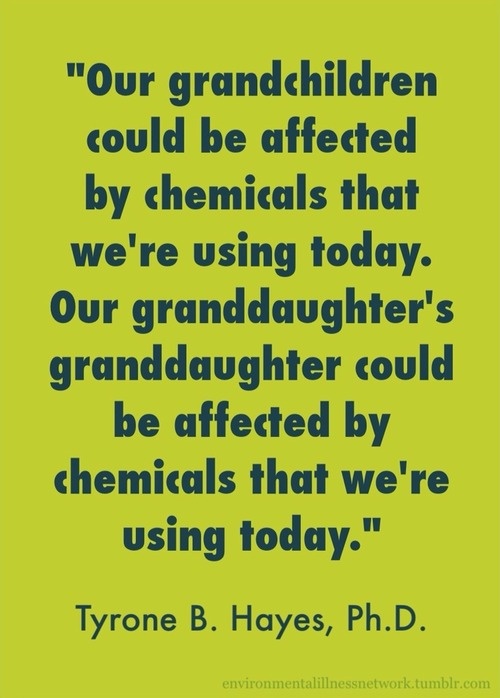Board OKs State (DTSC) Oversight of Malibu High Cleanup

Dept. of Toxic Substances Control will oversee Malibu High/Juan Cabrillo investigation and cleanup.
By Knowles Adkisson and Melissa Caskey / The Malibu Times |
The school district board of education on Thursday approved a $40,000 contract for the California Dept. of Toxic Substances Control (DTSC) to oversee an ongoing environmental investigation at Malibu High School, after the discovery of cancer-causing contaminants on campus triggered the involvement of state and federal authorities.
The DTSC will give written commentary to the Santa Monica-Malibu Unified School District’s environmental consultant, Environ, as it performs testing and cleanup at both Malibu High and adjacent Juan Cabrillo Elementary School.
While the contract is called a “voluntary investigation agreement,” district CFO Jan Maez said Tuesday that retaining DTSC “wasn’t our choice” after the discovery of polychlorinated biphenyls (PCBs) at five locations at Malibu High last year.
“This was not something we had the option for,” Maez said.
According to Maez, the state agency will ensure the work of Environ meets state standards for public outreach, removal of contaminants and other measures.
“DTSC’s role in this is to make sure what the district’s being advised to do are appropriate measures,” Maez said.
Meanwhile, both members of the school board and the Malibu community expressed initial befuddlement about the new contract.
The contract with Environ, a private firm contracted by the district last month to handle soil and air testing at the campus, has not been finalized and the firm has yet to put together a cleanup plan or cost estimate for its services.
Jennifer Denicola, one of the High environmental task force, said the agreement failed to make mention of the DTSC’s specific plans at Malibu High or Juan Cabrillo Elementary. parents who serves on a Malibu
“I would like to see [the DTSC’s] plan and how they are going to work with Environ to test the soil for all contaminants and the classrooms for contaminants other than PCBs,” Denicola told The Malibu Times.
Boardmembers Oscar de la Torre and Laurie Lieberman also expressed skepticism with the contract in response to questions raised by Denicola at last Thursday’s board meeting, with Lieberman stating the contract “makes everybody uneasy, with good reason.”
But Tuesday, Lieberman said it was too soon to expect specifics on the level of DTSC’s involvement.
“This is the standard agreement that [the DTSC] use…I just don’t think there’s any way out at this point since no one has decided what’s going to be tested or where it’s going to be tested,” Lieberman said Tuesday. “I think that’s why it is a little vague. The reality will get nailed down as we move forward.”
Once Environ has completed its testing, the district is required to submit the findings to the DTSC for review.
The Santa Monica-Malibu Unified School District has retained the California Department of Toxic Substances Control (DTSC) to oversee its consultant, Environ, as it tests and removes potential contaminants at Malibu High School and Juan Cabrillo Elementary School.
Dept. of Toxic Substances Control’s role in Malibu High cleanup
Here are DTSC’s responsibilities, as laid out in the contract’s scope of work:
1) DTSC will coordinate and attend meetings with both consultants and community stakeholders, coordinate with other regulatory agencies that may be involved, issue fact sheets and notices, and insure that project information is available online to the public.
2) Review plans to remove the contaminants and propose any additional work or areas of additional concern, if needed. Following an initial review, a scoping meeting will be held to discuss whether further tests are necessary.
3) Ensure that Environ is following state guidelines in conducting a Preliminary Environmental Assessment (PEA), to determine whether removing substances at the site poses a threat to human health or the environment.
4) Review and comment on plans for public participation to be made by Environ, which are to include a scoping meeting to make sure interested public and community are involved in the DTSC’s decision-making process. Environ must also prepare a community profile to determine the community’s knowledge of the site; types of community concerns; prepare a community mailing list; and proximity of the site to homes, churches and daycares, among other factors.
5) Review and approve fact sheets to be submitted by Environ to be submitted to a community mailing list.
6) Review and approve a Health and Safety plan by Environ to cover measures to be taken during testing and remediation to protect the health and safety of workers at the site as well as the general public from exposure to hazardous waste, substances or materials. The plan should “describe specific personnel, procedures and equipment to be utilized.”
http://www.malibutimes.com/news/article_4d5301e8-9410-11e3-aa78-0019bb2963f4.html










